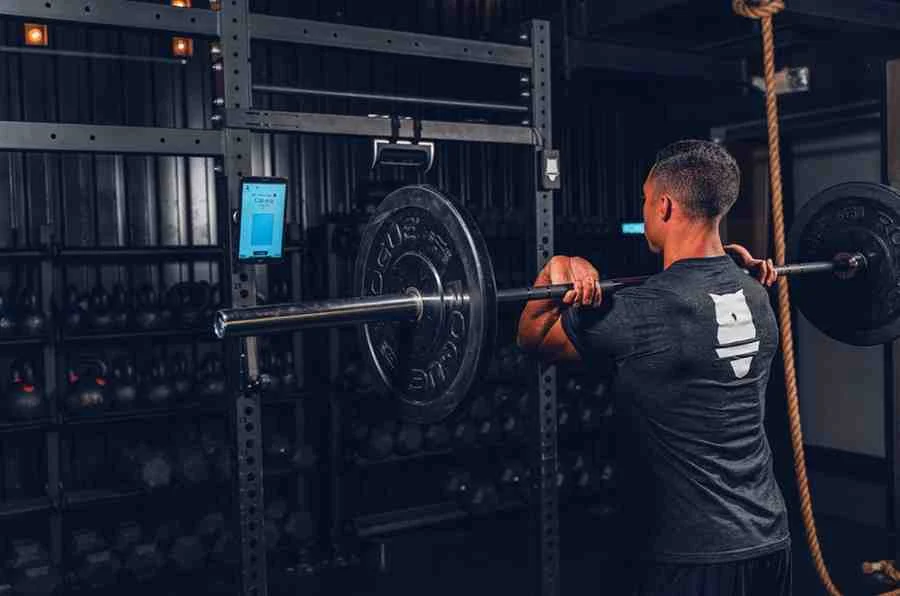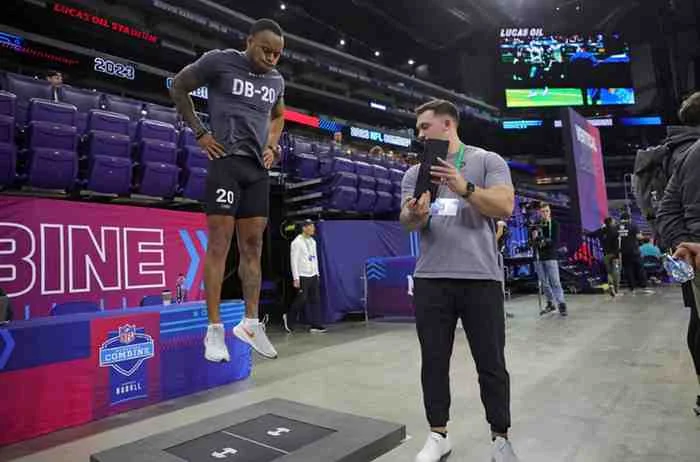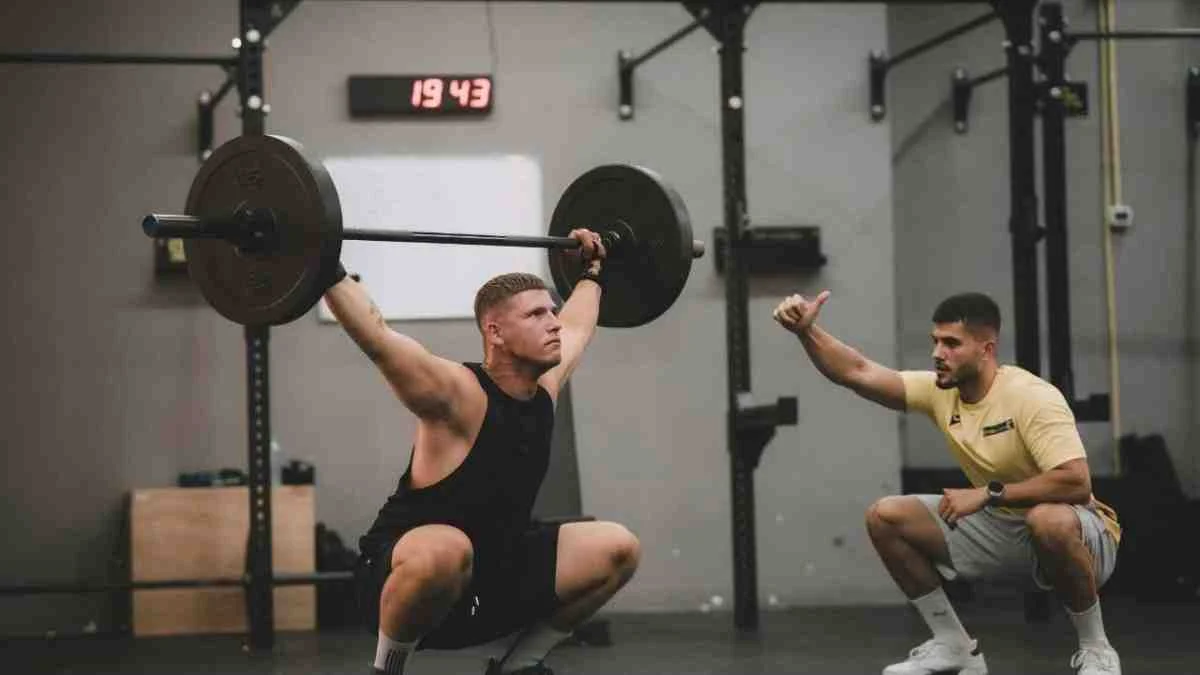[mashshare]
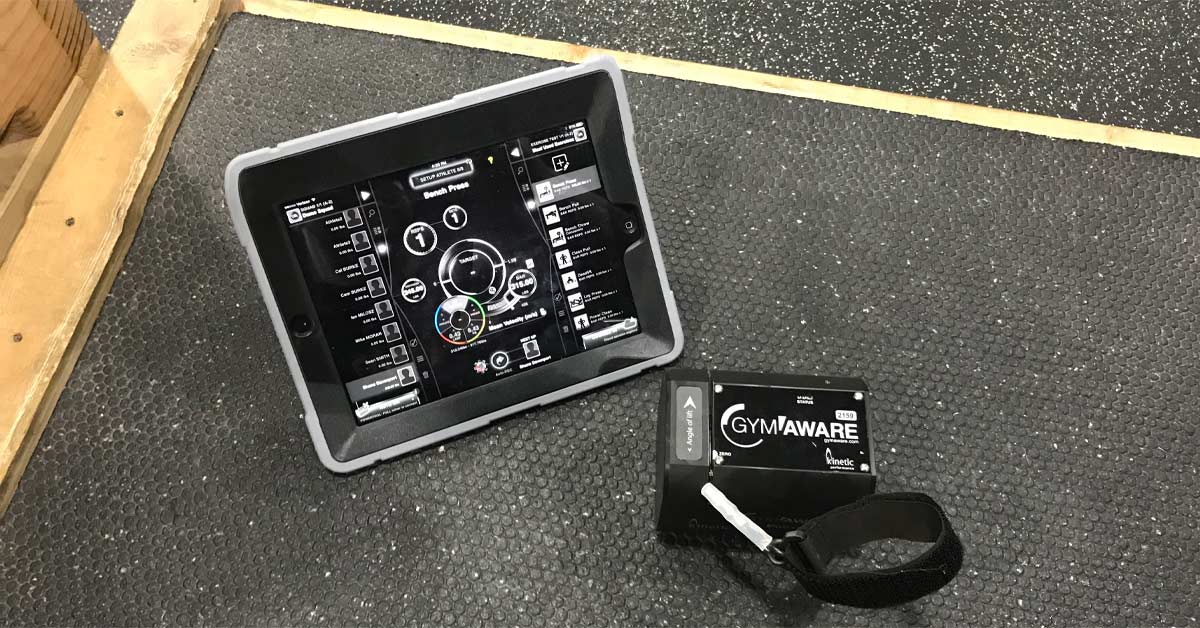
When calculating ROI, the most valuable technologies don’t just monitor performance: They enhance it. Velocity Based Training (VBT) tools offer both the training method—creating greater force through speed—and the platform to measure and monitor the results, either with live feedback from rep to rep or via trend analysis across a training block or full season.
Because VBT methods transfer equally to team sports and individual disciplines, offer actionable data, and generate excitement and buy-in from athletes, the topic has been one of the most popular on our site. Here, we’ve compiled our full selection of articles covering Velocity Based Training.
Where to Begin?
1.“Getting Started with Velocity-Based Training and GymAware”
Carl Valle walks through specific exercises and sports movements that are ideal for VBT, how to apply the data within a training session, and how to use the cloud-based technology to manage the data for a full team or large group.
Video 1. Barbell tracking isn’t that difficult and is worth incorporating into any serious training program.
2. “Bryan Mann Responds to Velocity Based Training Round Table”
Dr. Bryan Mann is credited with coining the term “velocity based training,” and this Q&A offers a from the horse’s mouth take on how to apply VBT to quickly absorb and reproduce force, what velocities and percentages of 1RM to consider when targeting qualities ranging from speed strength to accelerative strength to absolute strength, and why VBT and autoregulation help athletes adjust their training load corresponding to readiness and external stress, ideally reducing injury risk.
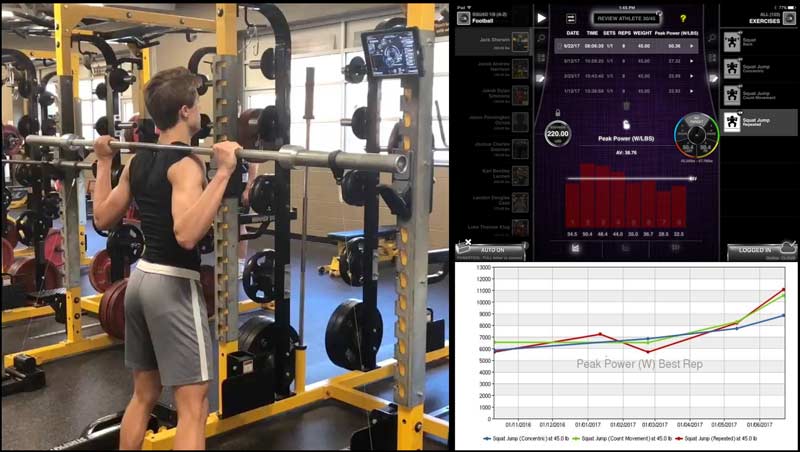
How to Apply VBT
1.“Velocity-Based Training Options for Strength”
Performance Coach Cody Plofker offers a primer on how, when, and why to use VBT training methods with athletes, with suggestions that include:
- Instead of prescribing a percentage, prescribe a velocity that corresponds to that percentage.
- Implement velocity stops: The goal is to stay above this cutoff velocity for the entirety of the set, and cut the set short when we go below it.
- Use an undetermined number of sets: The goal is to try to get as many reps in as possible before you hit the cutoff velocity.
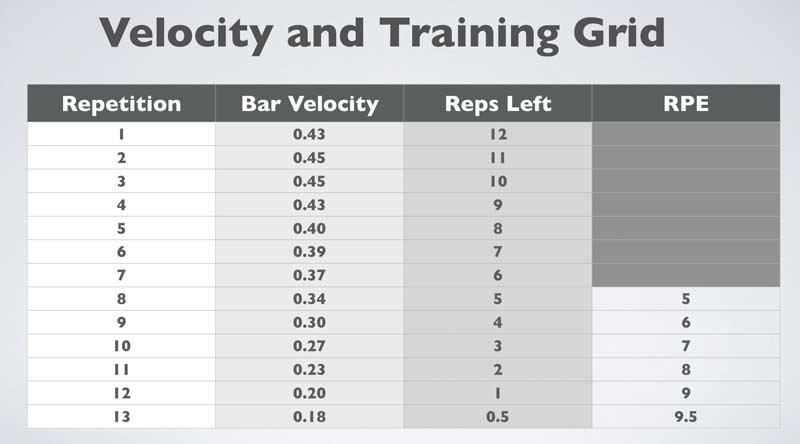
2. “4 Simple Ways to Apply Velocity-Based Training with High School Athletes”
Coach Nick Garcia of HMMR Media shares his strategies for introducing VBT with the high school athletes he trains. Garcia uses VBT to target specific training adaptations in season, to monitor readiness, to individualize training prescriptions, and to motivate and inspire female athletes.
3.“Incorporating Velocity-Based Training into a High School Environment”
With over 20 years of experience as a high school strength coach, Mark Hoover has seen trends and devices come and go. Here, he offers insight into how VBT works within his budget, when velocity-based percentages can be useful to avoid unnecessary fatigue in athletes otherwise driven to always lift for a max, and his guidelines for ensuring that bar speed is not pursued at the expense of technique.

What to Buy
1.“Buyer’s Guide to Velocity-Based Training and Weight Room Monitoring Systems”
The SimpliFaster Buyer’s Guide examines a range of Velocity Based Training options, focusing on 3 primary qualities:
- Reliability and validity of the device
- Effectiveness of the acute training that depends on the technology
- Long term adaptations driven by the training method
The weight room tracking devices covered in detail are: Bar Sensei, TENDO, Beast, PUSH, GymAware, Rep One, MuscleLab, Perch, EliteForm, and Chronojump.
Extended Reading and Specific Applications for VBT
1.“Dan Baker Responds to Velocity Based Training Round Table”
Dr. Dan Baker looks at the differences between exercises targeting strength and those oriented for power, and answers questions about testing loaded jumps, rep-to-fatigue ratios for submaximal lifts, and how VBT can be used as a metric in recovery monitoring.
2.“How Velocity-Based Training Improves Swimming Performance”
Carl Valle focuses on swimming and looks at how to combine velocity based training methods with the resistance and assistance functions of the 1080 Sprint for athletes in the pool. Valle examines velocity concepts for swimmers pioneered by Coach Bill Boomer; loading, pacing, and measurement options for applying the 1080 Sprint in the water; and tracking data on kicking speeds, decay rates, and recovery indicators.
3.“Mike Tuchscherer Responds to Velocity Based Training Round Table”
Mike Tuchscherer, powerlifter and founder of Reactive Training Systems, answers questions about what metrics to track with VBT tools, how to manage fatigue in sets of submaximal lifts, and targeting biological adaptations with velocity based training methods.
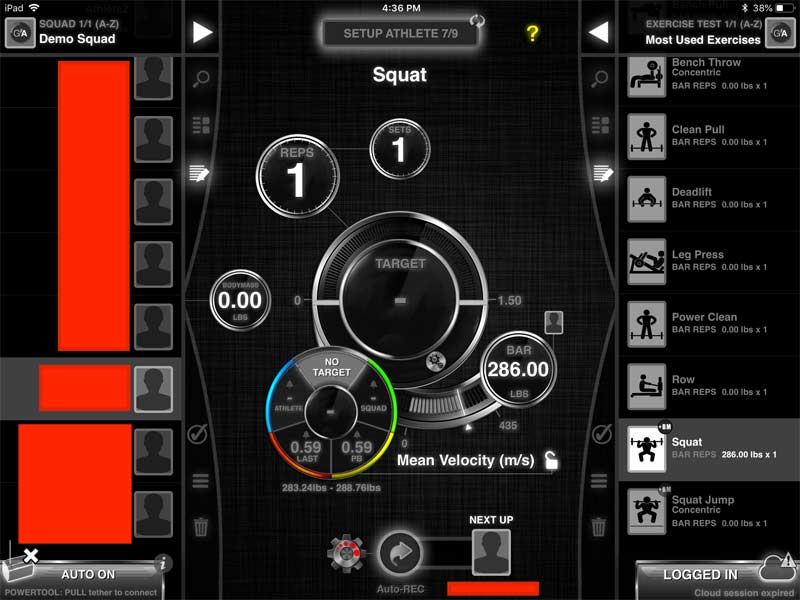
4. “Carl Valle Responds to Velocity Based Training Round Table”
Carl Valle looks at how to use VBT to evaluate Olympic lifting in sports training, what testing protocols and data he consistently returns to, and how bar tracking information can relate to an athlete’s internal chemistry.
5.“Is It Time for Coaches to Rethink Velocity-Based Training?”
Scott Damman, founder of Assess2Perform, looks at the traditional foundations of Velocity Based Training and considers ways to focus on peak velocity ranges that may have a greater transfer to field or court. Damman also scrutinizes key barbell measurements that impact performance: Mean Propulsive Velocity (MPV), Rate of Force Development (RFD), Distance, and Eccentric Action.
Since you’re here…
…we have a small favor to ask. More people are reading SimpliFaster than ever, and each week we bring you compelling content from coaches, sport scientists, and physiotherapists who are devoted to building better athletes. Please take a moment to share the articles on social media, engage the authors with questions and comments below, and link to articles when appropriate if you have a blog or participate on forums of related topics. — SF
[mashshare]


